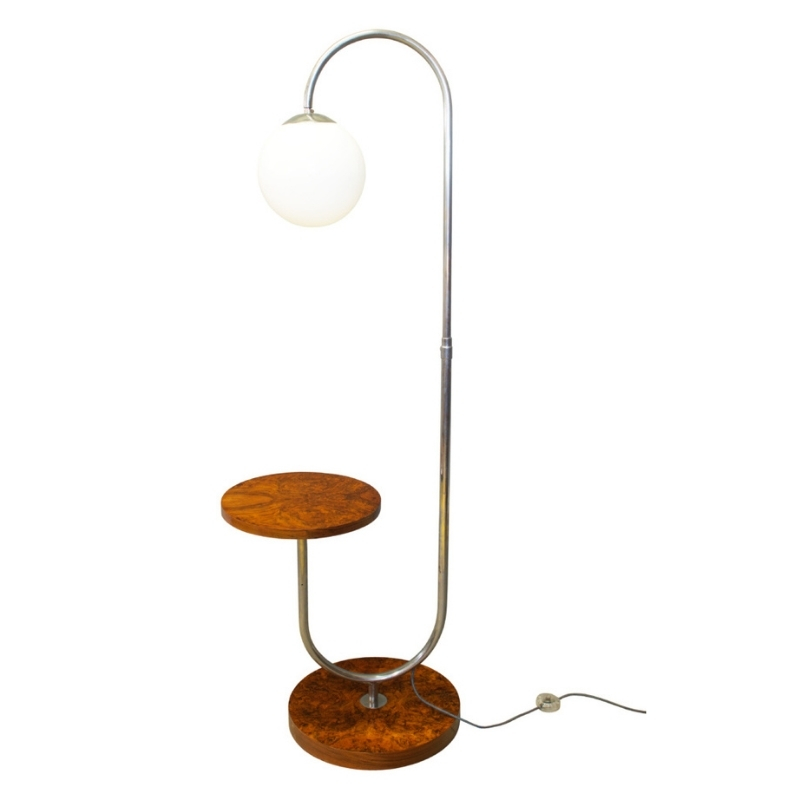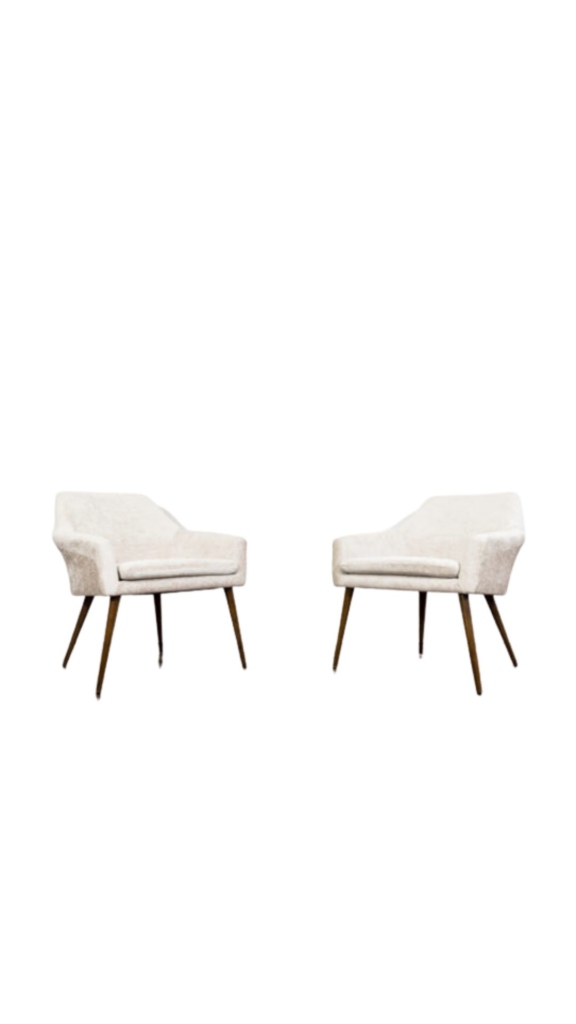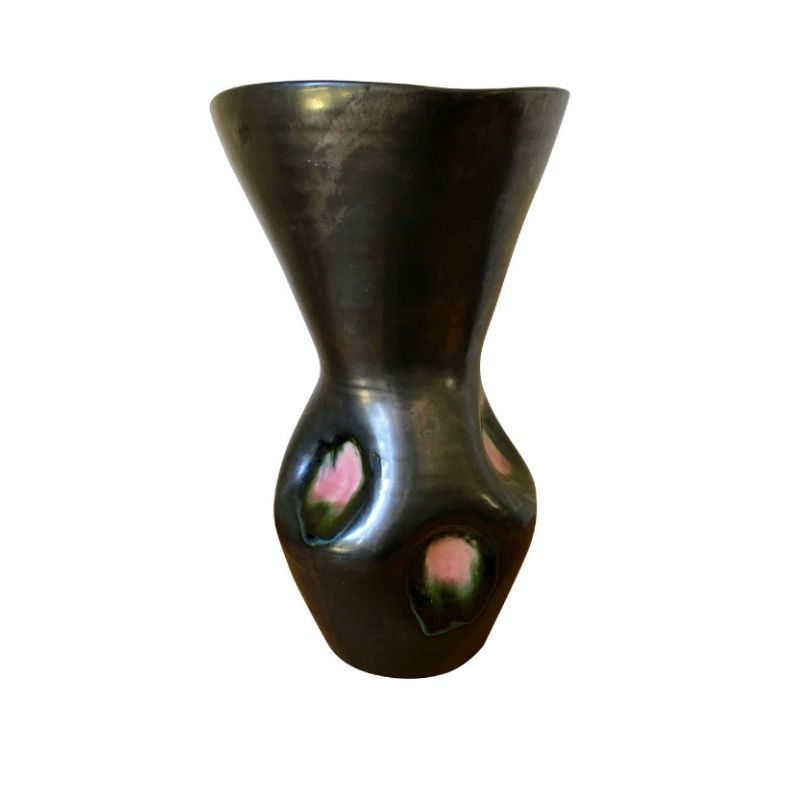.
Thanks EH, getting to understand perceptions about design is a good thing, strikes me that authenticity is a vague term that gets thrown about too much, a lot of people if you ask them why X is authentic and Y isn't would struggle to articulate it and really just rely and what they've been told or fall back on the licenced/unlicenced argument, in regards to this segment of the manufacturing industry anyway.
Anyway, you're right about the universe of choices, far too many choices, but originality doesn't now me as something worth pursuing unless there is a need to, these are functional objects made to serve. Far too much novelty about and not enough restraint, I just do what works these days and am not especially interested in being interesting and just want to be good, chairs are very difficult and if I can stand on the shoulders of another to get a result I think thats ok, the improvement comes in cost of production and the possibility of outdoor use, working on that.
.
Maybe there is a moral duty to be conservative, in some contexts? I don't find restraint a problem but 'l'art difficile de simple' really strikes a chord most days.
Its funny, two of the most authentic people I know are my father and a friend of his, an old German master craftsman (a proper one, traditional training) and both of them completely unashamedly make reproduction things, maybe because profit isn't a primary motive its different.
moral duty
I do like to think about "restraint" within the context of moral duty, and even abstinence from easy tricks and over-indulgence.
Something done for its own anonymous reward is very appealing because of the austerity that it implies, and it is easy for me to accept that as one definition of authenticity.
This same respect for restraint happens in art, and in my own work, but it is not connected to reasons of practicality. Actually the opposite. (Funny how the same principle works differently in terms of practical application vs art for art's sake)
I make things "just to see them happen", with no eye whatsoever towards the practical aspect of scale. And no concern with selling. Happy when something does sell of course, but whatever. Perhaps teaching has allowed me to make a living, and also allowed me the luxury of keeping the practice of art "pure". (?)
Who knows.
My god I am starting to sound like a screwed up puritan! I think I am too far down the river already. hahaha
,
I enjoy art that shocks, if its good. Francis Bacon is a favourite, I wonder how he would have painted the new one, smiling maniacally perhaps, joking. Sometimes though its the conservative art that shocks, I had a good example in mind but have forgotten it.
The restraint for me is mostly is about use of resources and consumption, at the designer end its not so much of a problem but on the Ikea side a few tweaks to a design could save a lot of energy and materials.
How do you feel about those small galleries that mix fine and applied? I've always felt uneasy with the mix.
This is the most inauthentic architecture I can think of, done from what I've read with a pretty clear intent, drugs weren't involved. Its neo classical, nauseating and perverse, fascinating eh? Michelangelos library vestibule.
Playing devil's advocate
Interesting choice. You don't like Michelangelos library vestibule - fair enough. But I assume you would never say that about the Parthenon (if you would, you really need to visit Rome). So what is the difference - the obvious difference is about 1900 years (though still 500 years before our time). And what I think you're saying, then, is that you appreciate artwork done in its time, but not reflections of that artwork done later.
Much the same is true of antique period furniture - a Chippendale-style chair done in the 1700's in England is vastly different (both in aesthetics and craftsmanship - not to mention monetary value) than one done this year in China.
Then why would a copy of a 1950's mid-century piece done today be any different? Isn't that also just a latter-day reproduction of a piece that belongs to an earlier time? I can come up with some reasons why it might be different, but I'm curious what you think.
there are so many
different art worlds, that it is hard to generalize. I have not had a lot of experience with the galleries that mix, but your instincts are probably right.
From the artist's side, it usually comes down to the reputation of the dealer, the other artists in the gallery, and what a gallery can do for you, and of course the physical space, and how you want your work to be presented. I always think its important to feel comfortable with things.
But its hard to get shows, and if an artist is too particular about getting the perfect situation, it is easy to end up never having a show.
Thats a good take on that vestibule photo. Your strong reaction to it is making me look at it harder, and realize how little I know about historical architecture. But I can feel it in that photo, and I agree that its nauseating.
Would you say its SHOCKINGLY nauseating? Were you saying it was intentionally made to have a nauseating edge of some kind? Or just your basic "fuck you" faux?
Just a thought.
.
Oh no, I admire it greatly! Its not so much shocking as disturbing. Its so complex, inverted and claustrophobic. I love it and hate it, its a gut reaction I can't explain.
On reproductions, well I'm really not sure, continous production, or evolved production I have no issue with at all, the Eames aluminium group is an outstanding example. But the fad for vintage I do have some suspicions about, though perhaps any blame should sit with contemporary designers or maybe these days everyone is just a bit too anxious to embrace all the things.
I really don't know, the certainty of youth has gone 🙂
The vestibule though reminded me of Adolf Loos (his interiors were a touch creepy too) and his quote "whoever goes to the Ninth Symphony and then sits down to design a wallpaper pattern is either a rogue or a degenerate.? I don't think I've ever really grasped that, its why I asked about the mixed galleries.
funny
Funny when a work of art or design can still win you over, even though it annoys the hell out of you, or disturbs you. I guess that's another thing that happens a little differently in design than it does in art. Or is it the same?
At this point, for me, most "art" falls into three categories:
1) Its bad, and I intuitively look away without even realizing it.
2) It's bland, like wallpaper. So same result. I don't even see it.
3) It persists. Sometimes because of aspects like Heath describes above. Or
sometimes because it's just inspiringly beautiful, in a way unseen before.
Then it's a matter of how long it can persist, and stay alive and interesting. The best stuff stays alive forever (of course). But on the learning curve, standards are always evolving. So yesterday's profound becomes tomorrow's invisible.
I may have gotten off track here. (Shocker huh?) It's just because I can't keep up with Heath's or Gropius's intelligent historical references.
OOps.. been away for a couple weeks
This is one of the best threads I've seen on DA in a while - no offence to the Mahogany Association ID thread 🙂
I especially like EH's comment:
"Authenticity is about vision and invention as much as mere craft. Craftmanship is a highly valued thing, and a worthy goal indeed, but its not the only thing when one is measuring authenticity."
I think you've stumbled onto an interesting distinction between authenticity as it relates to 'functional design' and to art.
I've been reading a monograph on Finn Juhl. There's an interesting critique of his furniture design skills: he basically drew the Pelikan chair silhouette and let Vodder figure out how to make the internal structure. Expression isn't defined by craft.
Comparatively, someone like Wegner is intimately familiar with the structural qualities of his materials to the point where the expression and craft influence each other reciprocally.
Since much of DA is concerned with 'functional' design - i.e. furniture, objects, lighting etc - I think we all are prone to entwine expression and craftsmanship in terms of 'authenticity', or what Heath pointed to as the licensing issue.
While Wegner's Peacock, Folding, and China chairs draw from historical precedents I think we all agree that he morphed them into something new and distinct. Philippe Starck has peppered his career with the same idea, albeit with more PoMo irony. No one would look at his Ghost chairs and think "thats a knock-off Louis XVI"
Perhaps part of the answer to authenticity lies in intent. Neither Starck, nor Wegner are trying to deceive one into thinking their designs were anything other than what they were.
"expression isn't defined by craft"
This is so true Lucifersum.
Especially in the fine arts. And I am sure it sometimes applies to the best design work too.
Academic skills-building (craft), and "learning to see" are quite different endeavors than making truly creative and inventive choices within (or often outside of) those learned skills.
The danger with knowing and living by the rules is that you can get creatively lazy and become defined by and limited to working within those same rules.
Art has nothing to do with rules. Thats why they say it can't be taught. Vision comes before craft in the making of art. Even though it is often taught the other way around. (By skilled academicians who like to keep things within the realm of what they know)
What are the standards by which authenticity is measured?
Number of followers? Historical relevance? Object quality? (craft!) Lifetime commitment? Work ethic? Integrity? Ability of a work to withstand the fickle ebb and flow of the collective consciousness and temporary contextual changes? (i.e. timelessness) EDIT: Damn, I left out INTENT. Didn't mean to.
Lucifersum: thanks for...
Lucifersum: thanks for joining this conversation. You just explained something to me:
The medium Finn Juhl was working in was two dimensional. Basically his medium was his drawing of the chair. I think it might even be fair to say his drawing is the most authentic version of Pelican chair. Or perhaps it is the mind's eye where it is the most authentic. And the three dimensional, physical chair is really Niels Vodder's translation to a different medium.
By contrast Wegner's medium, especially with a chair like the Wishbone or Round One, is wood or more specifically the craft of making wood into something. It is very much a medium meant to be appreciated physically, in a hands-on sort of way. As such it can only be authentic when the wood is well crafted.
This explains to me why I often don't appreciate the works of Finn Juhl as much as the works of Wegner. And why, unlike much of his work, I don't much appreciate the Papa Bear chair; why I do appreciate Hvidt & Mølgaard and Aasbjerg so much.
Others are free to prefer differently, of course. The point isn't about which preference is better but rather about understanding asubtle difference that leads to preference.
I have struggled to think clearly about this, and you just handed me clarity on a platter. Thank you!
given that everything is subj...
given that everything is subjective to the mind interpreting it.
it is hard to differentiate between design and quality.
and even harder to incorporate them both.
the Hans Wegner chairs with splined backs, are a perfect example of both design and quality.
while the Hans Wegner GE-258 Daybed is functional only.
what does that make Hans Wegener?
Someone who designed for the highest bidder?
its just what it looks like
In the old days, when a fine artist (painter or sculptor) did something like that, everybody knew it and they got knocked down a peg in the "respect of peers" department. So yes, it tends to diminish authenticity, even if an artist is well respected. I imagine it is generally the same in the design world.
Each situation is a little different though. Is it a one-time isolated thing, or is it a repeated offense, carried out over a lifetime?
It is hard not to look at the whole context of an artist's lifetime when considering his or her authenticity. Individual great works may always remain authentic, but the context of a lifetime of restraint (or lack thereof) should be (and IS) usually taken into account and understood historically. And that becomes part of the authenticity story also.
Again, I come from a fine arts orientation.
But in fine art or design, selling out is selling out, right?
EDIT: Eames is one example of someone who sold tons, but didn't sell out. There was never a deviation from what he believed to be his best efforts to improve a design, in order to sell it.
.
I'd rather these murky truths than the simple answers, even if nothing is much clearer its obvious the simple answers are a bit of a con.
What do you guys think of the quality of arts education? Obviously its apples and oranges and of course we're in different places but when I went it was all about creating 'conversation pieces' and hated every minute of it.
Looking back I would have learned more about structure, technique and materials had I been asked to make copies and leave the willfulness until later.
If you need any help, please contact us at – info@designaddict.com









